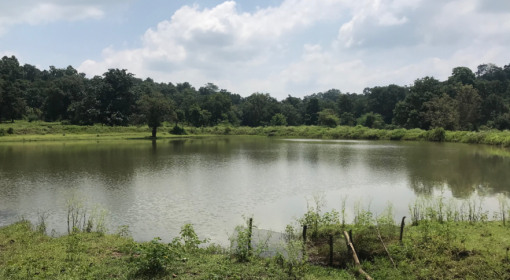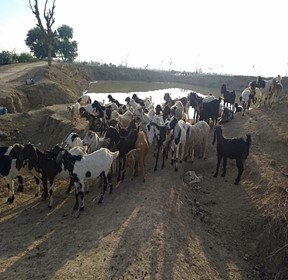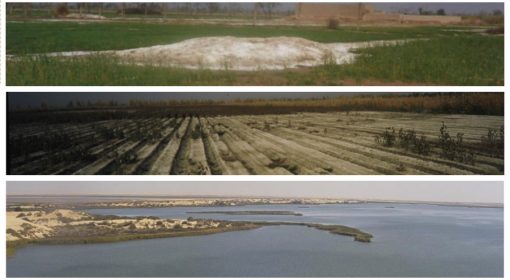by Francesco Sambalino, MetaMeta
September 04, 2020
Digging ponds is a labour demanding activity when there is no access to excavators and lorries. Nevertheless, most small sized (<1000 m3) dug-out ponds in rural areas are dug by hand. Labour is required for digging, for removing the soil and to transport it to the area designated for disposal of excavated soil. Where all these activities are done manually, there are also some simple technologies for the construction of ponds with the aid of draft animals.

While ox-drawn ploughs are readily available in most villages, the ox-drawn scoop and ox-drawn compactor need to be introduced. Luckily, an experienced workshop can easily build them from scrap metal that is locally available.
The ox-drawn plough is attached to two or three oxen pairs using normal yokes. The area to be excavated is thus softened by ploughing the area to a depth of 20-30 cm. It is important to plan the space around that area to allow for the animals to easily turn.
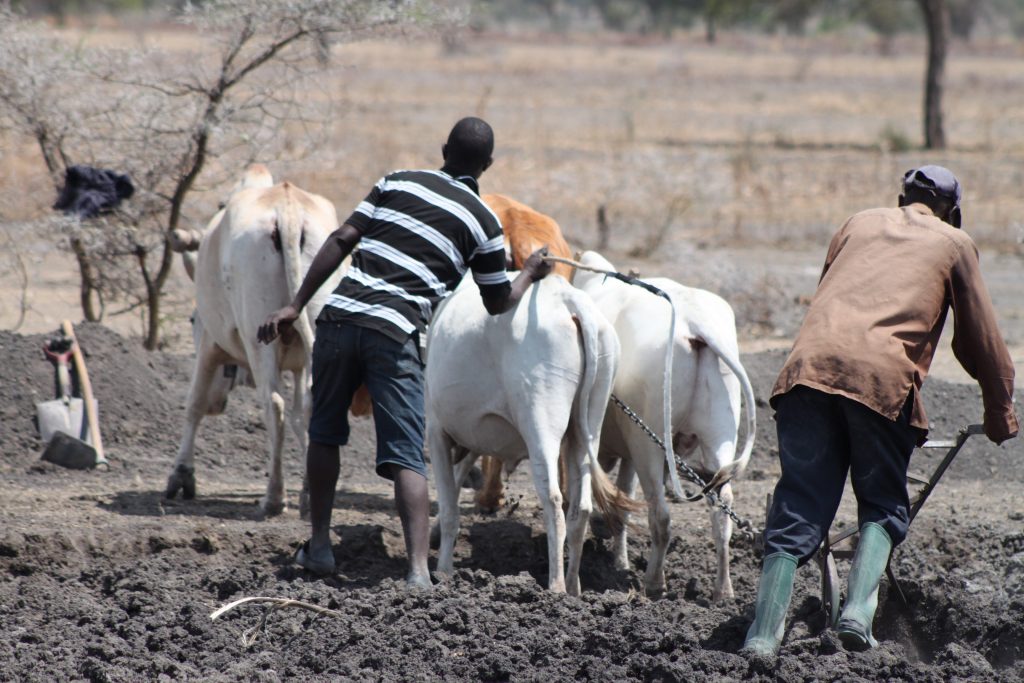
The softened soil is thus removed with the ox-scoop. To load the scoop the operators simply raise the handles of the devise to augment the angle of incidence between the soil and the scoop. The forward movement of the animals will then do the rest. Once the scoop is loaded, the handles are lowered again and the scoop will be pulled until the disposal area. To offload the soil, the operators need to raise the handles until the scoop topples together with its load.
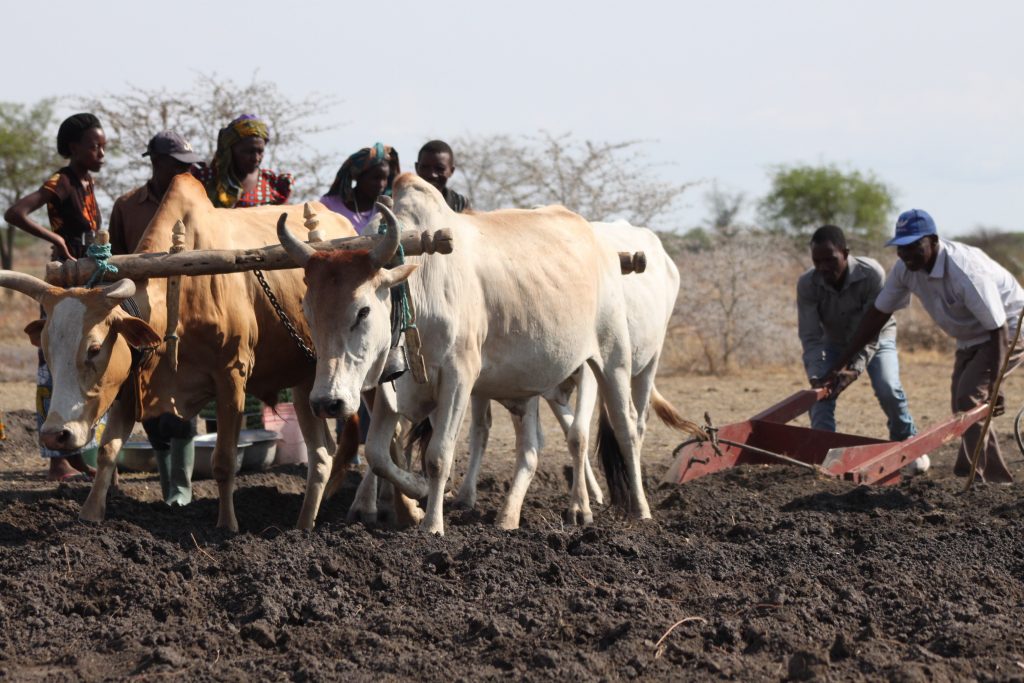
Excavated soil needs to be properly disposed and it is commonly used to build a berm all around the pond. It is important to compact the berm to avoid erosion problems. The process is commonly done with hand-rams. Nevertheless, a simple roll-compactor can be built with second-hand bearings, scrap metal and an old oil drum. The drum is filled with sand and it rotates as it is pulled by the oxen.
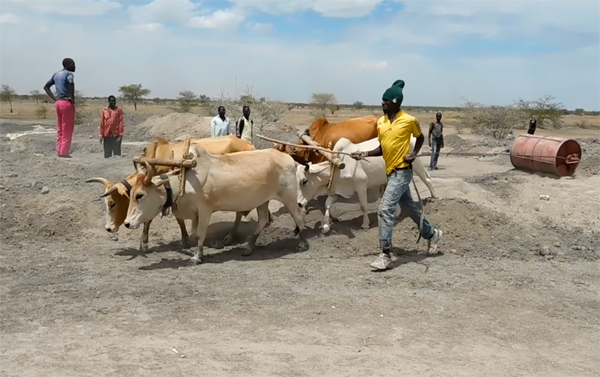
.
